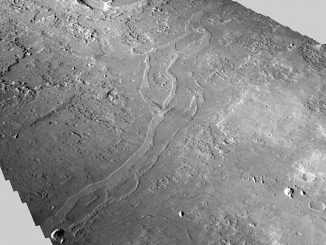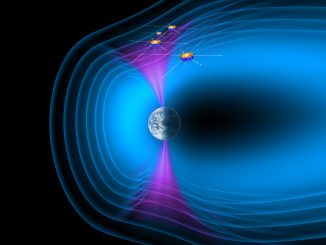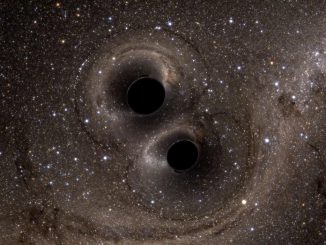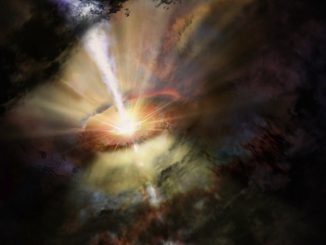
First stars formed even later than previously thought
ESA’s Planck satellite has revealed that the first stars in the universe started forming later than previous observations of the Cosmic Microwave Background indicated. This new analysis also shows that these stars were the only sources needed to account for reionising atoms in the cosmos, having completed half of this process when the universe had reached an age of 700 million years.









